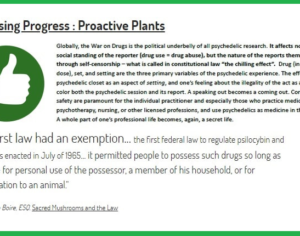Norway’s drug policies ‘could set example for rest of the world’
Now 20 international policymakers and stakeholders from 10 countries have outlined a number of further reforms to ensure the policy platform can work as an even better template for other countries to follow … Compulsory treatment and measures such as coerced urine testing and forced abstinence should be avoided as they adversely impact patient outcomes in addition to being at odds with basic medical ethics and human rights.
The overall goal of drug policy reform should be to minimize the total strain that drug use and drug criminalisation has on on the individual and society, rather than the prevalence of use. This effort should be based on the best evidence and evaluated with a comprehensive set of indicators of public health, community safety and human rights. Important harm reduction services should be scaled up to meet demand, and easy access to these services should be ensured. Examples of such services are drug substitution therapy with a wide range of medications, supervised drug consumption sites, drug testing sites, sufficient access to naloxone and other antagonists, and needle and syringe exchange programmes for those who need them (including prison populations). Minor, non-violent drug offences should be decriminalized. This includes possession and use, as well as minor acquisition, production for personal use and petty sale. Using police resources in this area is ineffective and often harmful, and resources are better employed strengthening health and social-sector alternatives … Investments in treatment programmes and aftercare facilities should be prioritized and validated using high-quality evidence and research, just like other medical interventions … Prevention and information efforts should be based on the best evidence. Honest information campaigns should be designed using evidence-based guidelines for risk communication. Prevention efforts in schools and society should be based on tested approaches, supplemented with investments in general preventive factors such as education, vocational training, housing and social activities.
Original Article (Independent.co.uk):
Norway’s drug policies ‘could set example for rest of the world’
Artwork Fair Use: Rick Obst

















































































































































































































































































